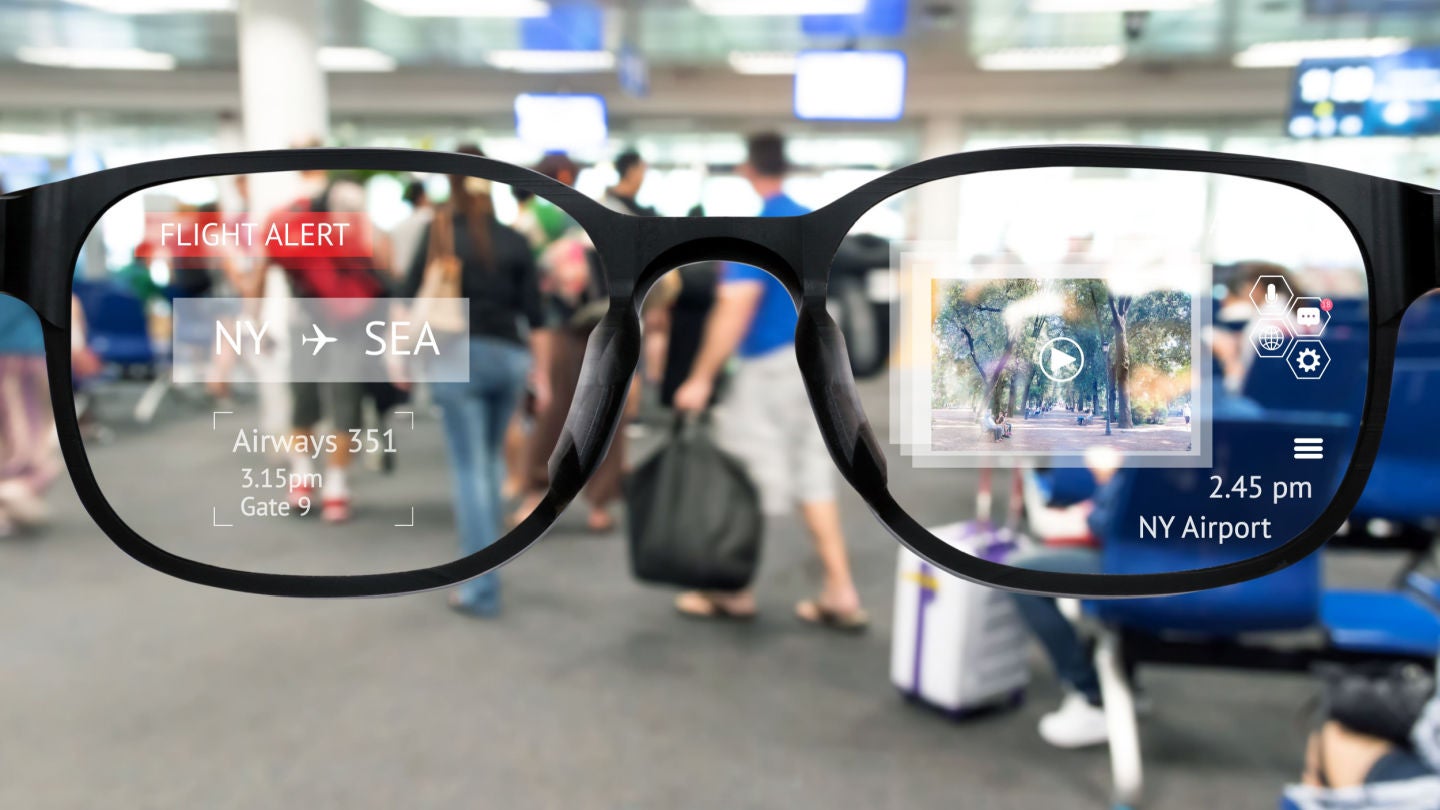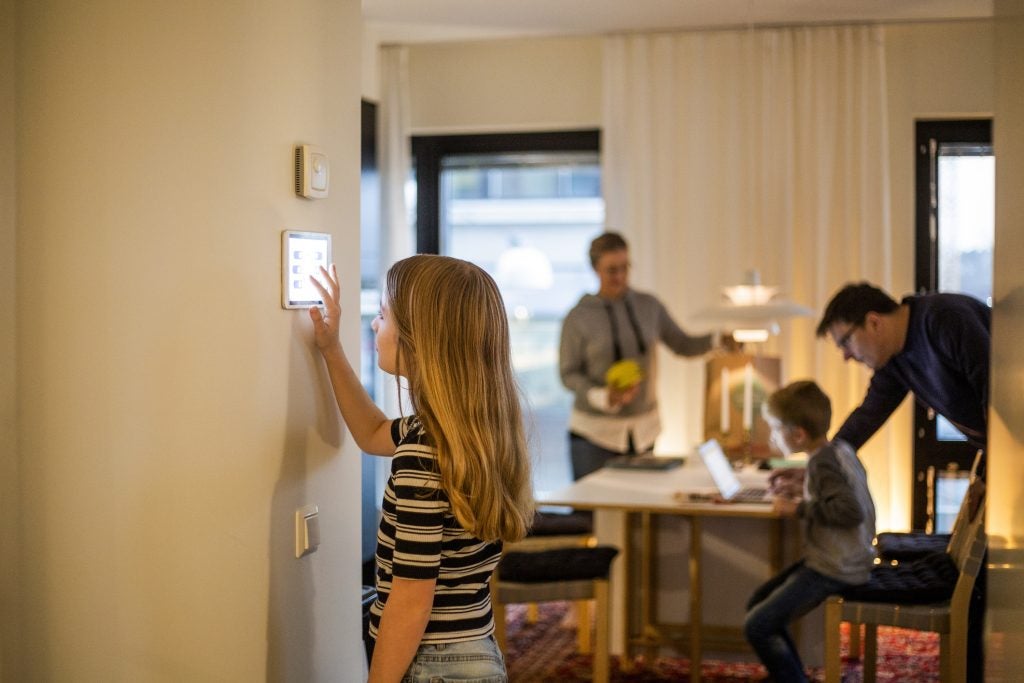
The smart glasses market is in its early stages and has already seen some market exits as companies failed to live up to the hype. The nascent technology still has a long way to go before it is mature enough to become mainstream.
Limited demand, high cost, technical challenges, and regulatory hurdles have hindered market growth so far. However, the development of compelling use cases and the creation of a niche will help companies survive in the smart glasses market.
Low demand forced companies to exit the market
Smart glasses are primarily targeted at early adopters to build brand recognition and demonstrate the technology’s capabilities. However, overall demand remains limited, as there are currently only a few things these devices can do better than a smartphone. Also, regulatory hurdles related to data protection, privacy, and safety, have kept smart glasses out of the hands of the masses.
This lack of demand has forced some well-funded start-ups like Daqri to exit the market. The discontinuation of Google Glass in 2015 and the Google Glass Enterprise Edition 2 in 2023 raises further questions regarding the future of these devices.
Google Glass, which was first designed as a personal assistance tool to provide directions and send hands-free messages, failed to create consumer demand due to its potential privacy invasion and lofty price point.
In 2017, Google Glass was reintroduced for enterprises to aid workers by providing hands free training and allowing doctors to interact remotely with their patients. Despite several technical upgrades in 2019 and 2022 that helped users transcribe and translate incoming messages, the device failed to create sufficient demand in the market.
How well do you really know your competitors?
Access the most comprehensive Company Profiles on the market, powered by GlobalData. Save hours of research. Gain competitive edge.

Thank you!
Your download email will arrive shortly
Not ready to buy yet? Download a free sample
We are confident about the unique quality of our Company Profiles. However, we want you to make the most beneficial decision for your business, so we offer a free sample that you can download by submitting the below form
By GlobalDataThe smart glasses industry is still in its infancy
By definition, smart glasses are computerised eyewear with an internet connection that displays task specific information and services in the wearer’s field of view.
With wide ranging applications – from ecommerce to industrial operations and the metaverse – smart glasses could potentially change how people interact with the world. However, the technology has a long way to go before it is mature enough to become a mainstream computing platform.
Smart glasses ultimately did not gain momentum in the consumer market due to their lack of usability, high price point, and privacy issues. Also, consumers just did not want to wear clunky tech devices on their faces, which they felt did not offer them much value.
The enterprise market became the target for smart glasses vendors, though this too seems unlikely following the failure of the Google Glass Enterprise Edition. This indicates that the technology is simply not appealing enough yet. Also, a general lack of clarity around why smart glasses exist and what they can be used for has ensured a lack of mass appeal.
At the end of the day, the devices are competing with smartphones, which have better cameras, faster processors, and larger capacities.
Big Tech companies such as Apple have been rumored to be working on smart glasses for many years but have delayed their plans, most likely waiting for the market to mature before making any announcement. Meta is also reportedly planning to introduce its second iteration of smart glasses, potentially featuring augmented reality (AR) capabilities, in 2025. These companies may be taking their time to perfect the technology before launching a product.
Compelling use cases will help companies thrive
Tech companies must outline exciting use cases to survive and thrive in the market. These manufacturers must also confront issues such as high prices, privacy concerns, and a general lack of content to make these devices appealing to customers.
On top of that, the companies will also need to address technical challenges related to battery life, processing power, and connectivity, before they can start winning over customers. Vitally, companies must enhance the comfort of smart glasses, so that users can actually wear the devices for longer.
Despite the difficulties encountered by this technology, the smart glasses market is becoming increasingly crowded, with many companies vying for market share. Many companies – such as Lenovo and Xiaomi – have entered the market in recent years. Creating a niche within this maelstrom of companies will help manufacturers stand out and gain a sustainable share of the market.






Related Company Profiles
Apple Inc
Xiaomi Inc